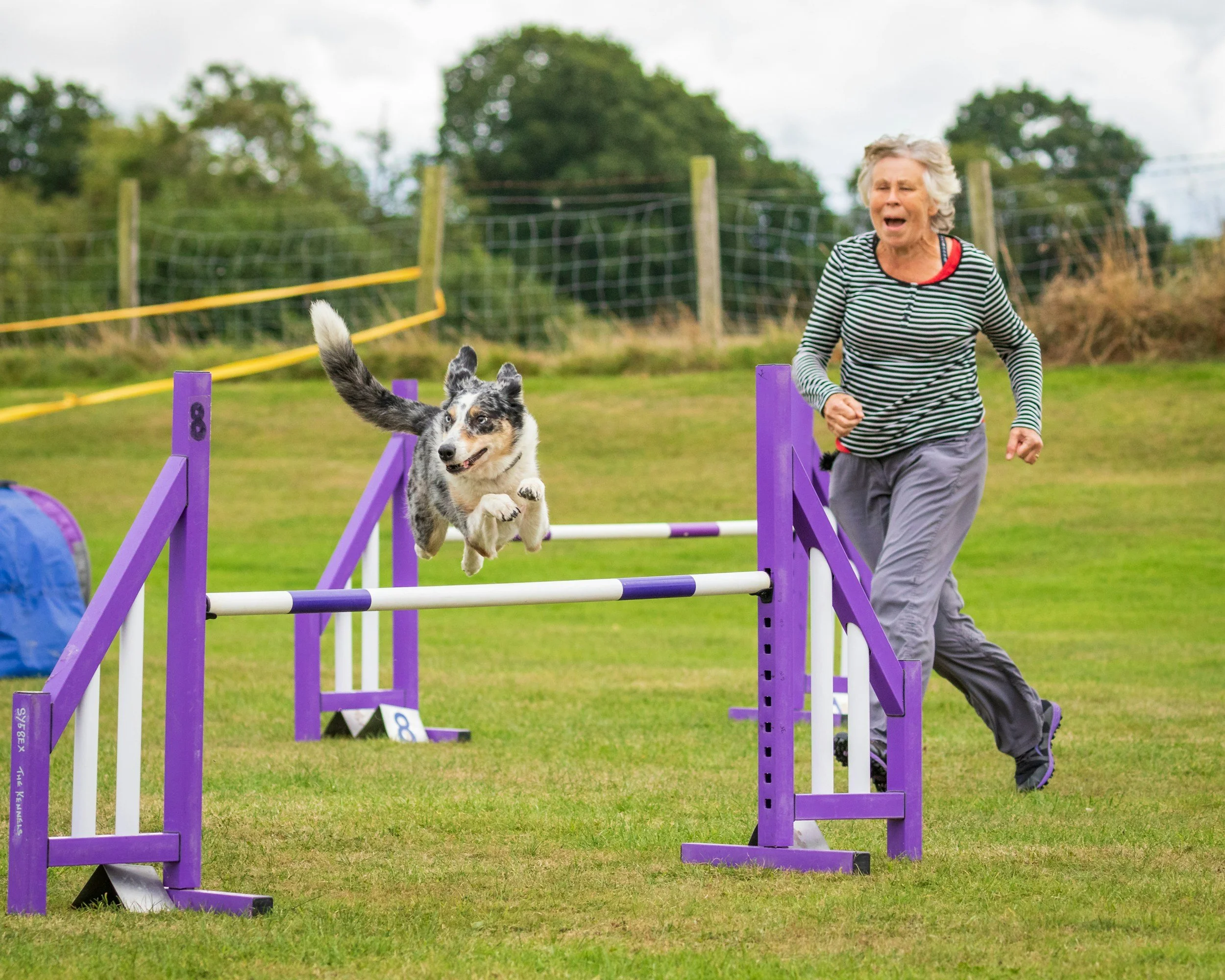Why Variety Matters in Fitness: The Principle of Variation
When you first start working out, almost anything you do helps you improve. But after a few weeks or months, progress starts to slow down. This is where the principle of variation comes in. Simply put: to keep getting better, you need to keep your training fresh.
Variation doesn’t mean random workouts with no structure. It means making small, smart changes over time so your body continues to adapt while avoiding boredom and burnout.
What Is the Principle of Variation?
Variation means intentionally changing elements of your training program to continue making progress. These changes might include:
Exercise selection (squats → split squats).
Training intensity (lighter weights vs. heavier weights).
Volume (more sets/reps vs. fewer).
Rest periods (shorter vs. longer).
Training style (strength vs. endurance vs. mobility).
The idea is to stimulate new adaptations without straying too far from your overall goals.
Why Variation Matters
Prevents Plateaus
Your body adapts quickly. If you never change your routine, your progress slows down. Variation forces new adaptations.Reduces Injury Risk
Doing the exact same movement over and over can cause overuse injuries. Changing exercises spreads the stress across different muscles and joints.Improves Motivation
Training gets boring if you repeat the same thing forever. Small changes keep workouts exciting and engaging.Builds Well-Rounded Fitness
Variation ensures you’re not just strong in one area. You develop strength, endurance, mobility, and balance together.
How to Add Variation Without Losing Focus
Variation is powerful—but too much randomness is counterproductive. Here’s how to balance variety with consistency.
Stick to the basics: Big lifts like squats, presses, and pulls should remain in your program, but swap variations (barbell squat → goblet squat).
Cycle intensity: Some weeks push heavy, other weeks focus on lighter weights and higher reps.
Change tempo: Try slowing down the eccentric (lowering) phase of an exercise.
Rotate goals: Spend 6–8 weeks focusing on strength, then shift to endurance or hypertrophy.
Variation for Older Adults
For older adults, variation is especially important to maintain motivation and joint health. Changing up exercises helps avoid overuse, and cycling intensity allows for recovery while still making progress.
Examples:
Rotate walking, cycling, and swimming for cardio.
Alternate between dumbbells, resistance bands, and bodyweight for strength.
Add mobility sessions to complement strength training.
Example: Applying Variation
Month 1–2: Full-body workout, 3x per week, focusing on squats, presses, and rows.
Month 3–4: Switch to upper/lower split, increase intensity, and swap squats for lunges.
Month 5–6: Add circuit-style training, with more cardio elements.
This structure gives the body new challenges while keeping progression intact.
Key Takeaways
Variation prevents plateaus, reduces injury, and improves motivation.
Changes should be intentional, not random.
Swap exercises, adjust intensity, and rotate training goals.
Older adults benefit from variety to protect joints and stay consistent.
Balance consistency with fresh challenges for long-term success.
Bottom line: The principle of variation is about keeping your training fresh, effective, and enjoyable. Small, smart changes ensure steady progress while keeping you motivated for the long run.

